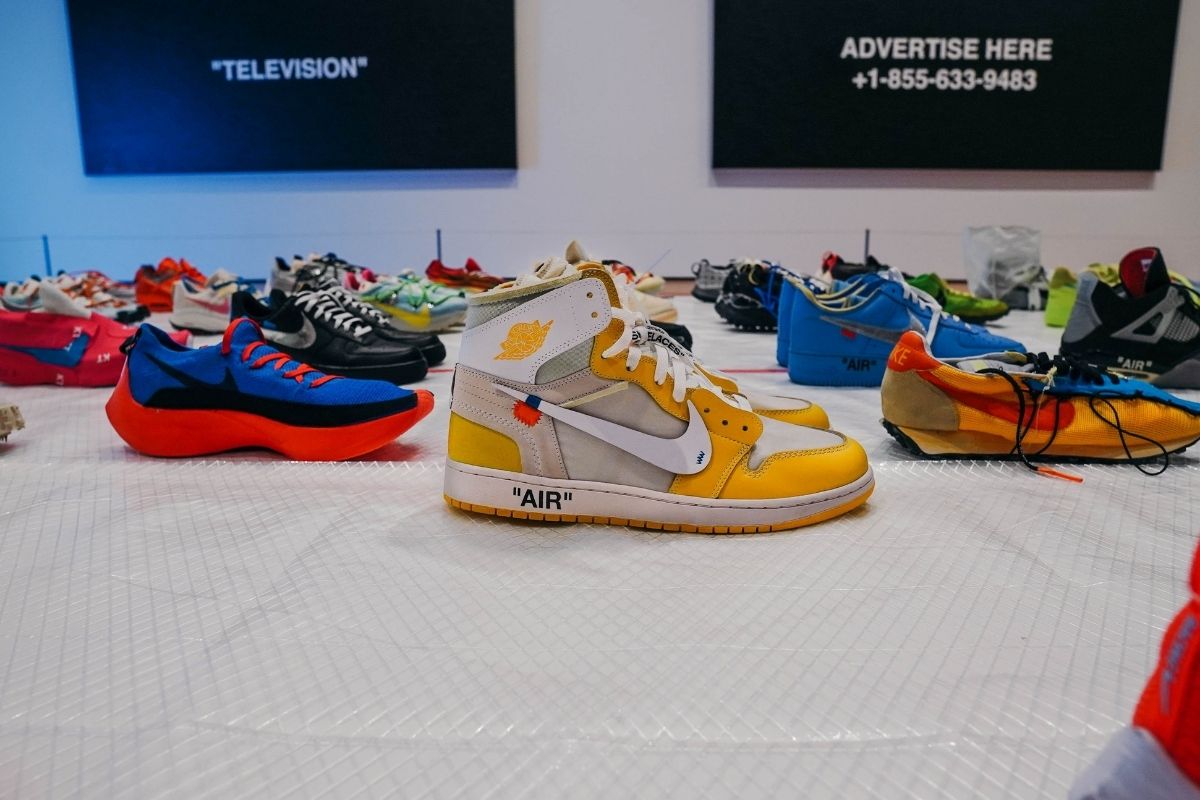Designing and Marketing Sneakers in a Partnership
A partnership is a type of business structure like a corporation, an LLC or a sole proprietorship. You can learn more about business structures in online sneaker education or any beginning business classes. For now, let’s focus on partnerships.
There are two types of partnerships: general and limited. In a general partnership, two or more people carry on the business for profit and act on behalf of the company, either as agents or in some other type of binding capacity. The people involved could be individuals or corporations.
A limited partnership is basically the same as a general partnership, but at least one of the partners will be a limited partner. Limited partners can act on behalf of the business without being liable for the debts and obligations of the partnership.
Designing sneakers in a partnership has advantages and disadvantages over using other business structures.
Advantages of Partnerships in the Sneaker Industry
As a partner, unlike a sole proprietor, you’re not by yourself. One of the biggest advantages is that you don’t have to make business decisions alone. You can have partners to share the work and come up with ideas. You can take on employees, and you can create a much bigger construct for your business.
You can also obtain outside investments, which is impossible to do under a sole proprietorship. You can raise capital and do more with your business.
There aren’t many formalities in a partnership, but there are certainly more than in a sole proprietorship. The interests of a partnership can also be assignable, which means that if someone comes along and wants to buy your business or buy out a partner, you can assign those interests to someone else.
Limited partners are not personally liable for the acts and obligations of the partnership. The big advantage for a limited partner is owning a stake in the company without the financial risk. This is a huge advantage over a sole proprietorship in which the owner has unlimited personal liability for the debt of the company.
Partnership Disadvantages
What are some of the disadvantages of a partnership when you’re creating sneakers? First of all, a partnership is not considered a separate legal entity from the individual partners that are running it. General partners can have unlimited personal liability, just like in a sole proprietorship.
For general partners, a person’s interests can also dissolve upon death. That means that the partner’s estate, spouse, or the party who would normally inherit their assets will not get that interest. It would go back to the partnership.
Something else that can be a disadvantage or an advantage, depending on how you like to treat your taxes, is pass-through taxation. The only way to avoid the individual income tax burden is to structure your business as an S-Corp or an LLC that’s taxed as one.
How Do You Form a Partnership in the Sneaker Industry?
Like sole proprietorships, partnerships are created with very few formalities. In fact, you can form them just by carrying on business with one or more partners. This can vary from state to state, but typically the requirements are pretty lax.
You may need to register your company in the state where you’re doing business. Design courses and sneaker education courses that focus on the business side should stress the importance of a legal partnership agreement, too.
Formal partnership agreements are recommended but not required by most state laws. However, we highly recommend that when you enter into any kind of a partnership with business associates you should consult a lawyer to create the partnership agreement.




